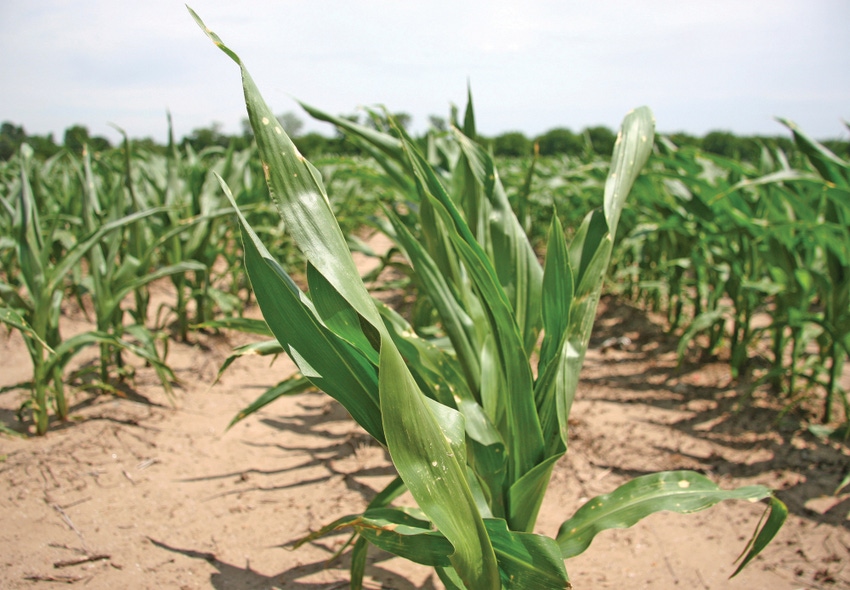July 10, 2012

Conditions in western Kentucky are dire, as a prolonged drought and extreme temperature at the most critical time for pollination are most certain to reduce corn yields significantly.
These conditions may also affect soybeans. However, soybeans have a longer window of tolerance and rains during July can still make the soybean crop.
These conditions are creating the demand for information regarding how crop insurance works. Some growers will undoubtedly face crop losses that will trigger payments. Thus, if you have a crop or revenue insurance plan, it is highly likely that you have question about how your policy may work.
This note is not meant to answer all of these questions. Rather, the purpose of this article is to provide guidance on assessing the policy you have when estimating potential payments (i.e., indemnities). However, it is a prudent practice to consult your crop insurance agent for more complete responses regarding your specific policy.
Continue reading at: http://www.ca.uky.edu/cmspubsclass/files/cgwalters/Walters%20Drought%20and%20Insurance(6-29-12).pdf
You May Also Like




